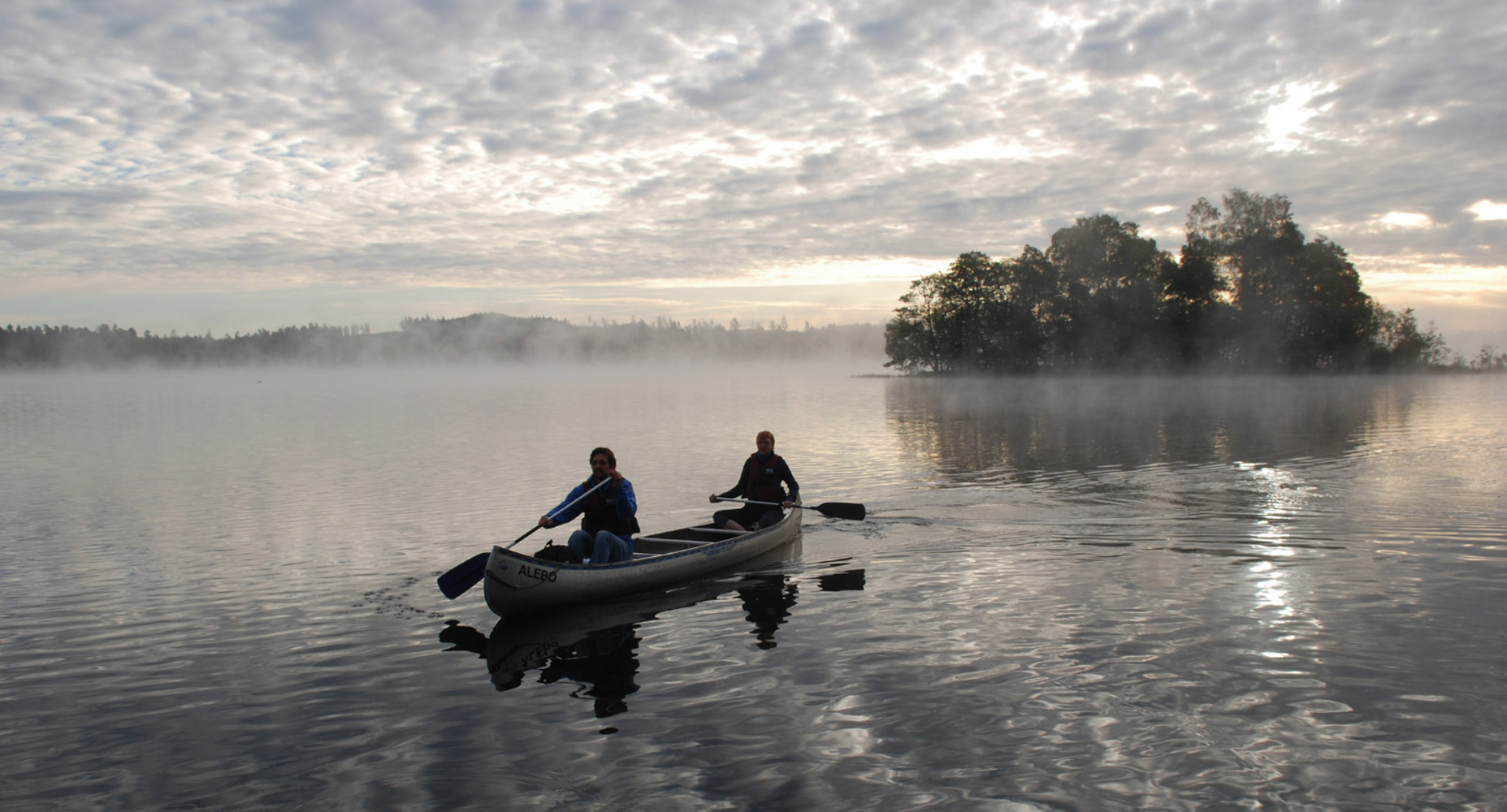

In the resource strategy “Denmark without waste” from November 2013, the Danish government have proposed to increase the degree to which waste gets recycled and to modernise the waste industry. This could result in a reduction of national waste available for incineration in the Danish central heating plants.
Following the resource strategy, Ea Energy Analyses has conducted an analysis of adapting the capacity for waste incineration for the Danish Waste Association.
The socio-economic differences between two scenarios has been analysed. A mix-scenario based on the existing situation, where each waste incineration plants has assigned a catchment area for domestic waste and other municipal waste. Business related waste can be processed everywhere in the country. The other scenario is a competitive tender scenario, where both domestic and business related waste can be processed everywhere in the whole country.
An important result from both scenarios is that the majority of the incineration capacity in the long term is concentrated in fewer, larger facilities situated in the larger cities. In addition, the analysis concludes that there is a limited socio-economic gain by the tender scenario compared to the mix-scenario.
The analysis is based on calculations using Balmorel, amount of waste projections to 2050, the catalogue of technology from the Danish Energy Agency, etc. Furthermore, updated data on the cost of waste incineration in new plants have been used in cooperation with the Danish Waste Association. Import or export of waste have not been included in the calculations.

Find information about one of our projects in Türkiye here.